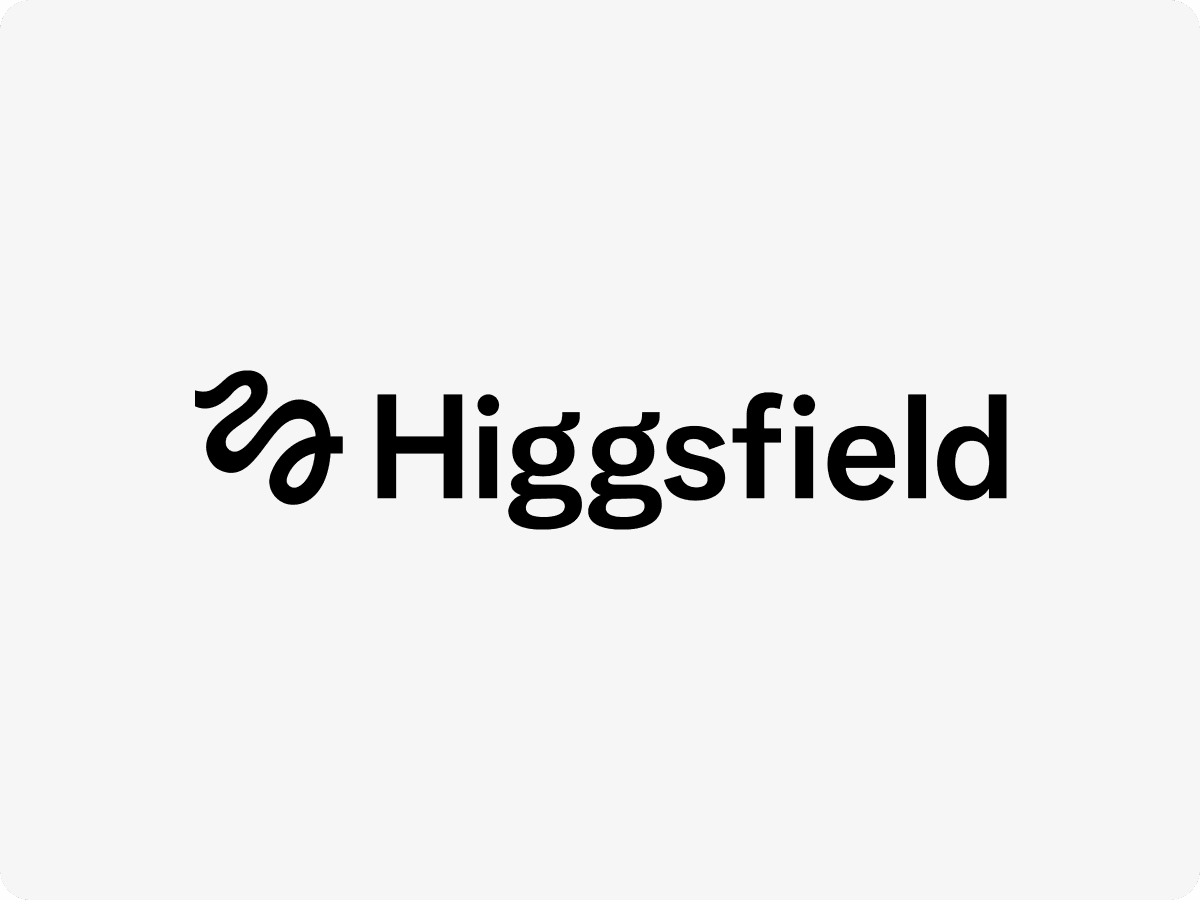Riga Technical University accelerates genomic research with Gcore GPU Cloud
- April 7, 2025
- 4 min read
We saw a 95% reduction in processing time, but more than speed, we also gained flexibility. We could scale from 2 to 8 GPUs instantly, and because usage was on-demand, we only paid for what we needed.
Andris Locāns, Head of RTU HPC
Company background
Riga Technical University High-Performance Computing Center (RTU HPC) is Latvia’s largest supercomputing resource provider, supporting scientific and technological advancements across the Baltic region. RTU HPC has collaborated with multiple research institutions, including the Latvian Biomedical Research and Study Centre (BMC), a leader in molecular biology and biomedical research. BMC’s genomic research focuses on analyzing thousands of human genomes as part of European initiatives.
Accelerating AI-powered genomic processing without compromising control
Genomic research is essential for understanding human health and disease origins, but like any activity that requires sizeable data-set processing, its computational demands are immense. In Latvia, the Riga Technical University High Performance Computing Center (RTU HPC) is leading a shift from traditional scientific computing toward an AI-first model of innovation.
Working alongside the Latvian Biomedical Research and Study Centre (BMC), the team set out to solve a critical challenge: rapidly process thousands of human genomes using AI, without losing time or control to hardware bottlenecks or foreign cloud vendors.
Essentially, what we wanted was to accelerate variant calling, the computational process of identifying genetic variations.
Edgars Liepa, Scientific Assistant, BMC
Traditional CPU-based computing often struggles with large-scale genome sequencing and analysis, leading to extended processing times. As a result, the RTU HPC faced several key challenges:
- The need for faster genome sequencing to support biomedical research.
- High compute requirements for analyzing large datasets efficiently.
- The difficulty of sourcing high-performance GPU hardware within a short timeframe.
- Ensuring cost-effective and scalable computing solutions without major upfront investments.
GPU-as-a-service (GPUaaS) for genomic research
RTU HPC turned to Gcore, provisioning Cloud GPUs for immediate access to high-performance computing. Instead of waiting months for on-premises GPU hardware, they gained on-demand access to NVIDIA’s most advanced GPUs—including the H100, designed for AI inference at scale, and located on Gcore’s European cloud infrastructure.
“We didn’t want to offload sensitive health data to platforms outside our legal jurisdiction,” Andris Locāns, Head of RTU HPC explains. “Gcore extensive infrastructure enabled us to maintain data sovereignty and compliance by keeping our data in-region, while still delivering the AI acceleration we needed.”
This immediately unlocked the following benefits for the team:
- Instant access to powerful GPUs: Avoiding long procurement cycles for physical infrastructure.
- Scalability & cost-efficiency: Gcore’s pay-as-you-go model allowed RTU HPC to allocate resources flexibly based on research demands.
- Data sovereignty: Ensuring genomic data remains within a secure, compliant cloud infrastructure in the Baltic region.
- Optimized performance: Benchmarking multiple GPU configurations (V100, A100, L40S, H100) for genomic analysis with NVIDIA Clara Parabricks software.
“With Gcore, we had near-instant access to compute that would have taken us six months to deploy internally,” says Edgars Liepa, Scientific Assistant at BMC. “That completely changed the pace of our work.”
Benchmarking performance for maximum efficiency
RTU HPC and BMC collaborated with Gcore to conduct extensive performance tests on various GPU configurations. By leveraging Cloud GPUs, they identified optimal setups for accelerating genomic workflows.
- Comparison of CPU vs. GPU: Genome sequencing that previously took over 650 minutes on CPUs was reduced to under 30 minutes with GPU-powered processing.
- Testing NVIDIA GPUs: Experiments with GPU configurations provided insights into computational efficiency, with findings indicating that scaling up GPUs did not always equate to faster processing.
- Future discussions with NVIDIA: Gcore’s collaboration enabled further optimizations in GPU usage for genomic analysis.

Faster, scalable, and cost-effective genomic research
NVIDIA H100 GPUs, provided as-a-service by Gcore, delivered graphics processing units with a compute performance that is revolutionizing cloud infrastructure. They are also specifically designed with the power required for high-performance computing tasks such as computational genomics. “It was important for us to see how fast inference runs on the H100,” says Edgars Liepa, “We didn’t customize the model but instead used one developed by NVIDIA, which was already well suited for our task.”
The collaboration between RTU HPC, BMC, and Gcore delivered significant benefits to the research program, including:
- Significant reduction in processing time: Variant calling tasks were completed up to 50x faster.
- Cost savings with on-demand GPUs: Eliminating upfront hardware investments while optimizing computing costs.
- Scalable infrastructure: The ability to dynamically allocate resources based on real-time needs.
- Data sovereignty and security: Genomic data was processed within a compliant, secure cloud environment.

“It’s not just about going faster,” Liepa adds. “It’s about enabling analysis at a national scale. The AI models are there—but without the right compute power, they’re just theory.”
Advancing high-performance genomics in the Baltics and beyond
By leveraging Gcore’s Cloud GPUs, RTU HPC has established a model for scalable, cost-effective genomic research, and this is only the beginning. Now that the speed and flexibility has been proven on genomics processing, RTU HPC plan to broaden AI applications even further.
- Wider adoption of Cloud GPUs in genomics: RTU HPC is considering Cloud GPUs expansion for broader research applications.
- Future collaboration with Gcore: Optimization of GPU configurations will continue, and RTU HPC plans to explore AI Inference opportunities with Gcore Everywhere Inference for genomic workloads.
- Global implications: BMC’s work with the 1+ Million Genomes Project, an EU-wide initiative to make genomic information more accessible for diagnosis and treatment, contributes to international research efforts.

Pioneering AI-powered genomics with sovereign cloud infrastructure
“This is the future of AI in healthcare: fast, flexible, sovereign,” says Liepa. “Gcore gave us the infrastructure to make it real—not just for today, but for what comes next.”
As AI continues to transform life sciences, the ability to combine cutting-edge GPU performance, regional data compliance, and on-demand scalability is emerging as the key to competitive advantage—not just for companies, but for countries.
“We’re proud to support Latvia’s vision for AI-powered genomics,” says Vsevolod Vayner, Product Director of Edge & AI Cloud at Gcore. “This project is a blueprint for how nations can lead in biotech innovation without giving up digital sovereignty.”
Find out more about how Gcore Cloud GPUs can enhance your high-performance computing projects.
More case studies
Subscribe to our newsletter
Get the latest industry trends, exclusive insights, and Gcore updates delivered straight to your inbox.




